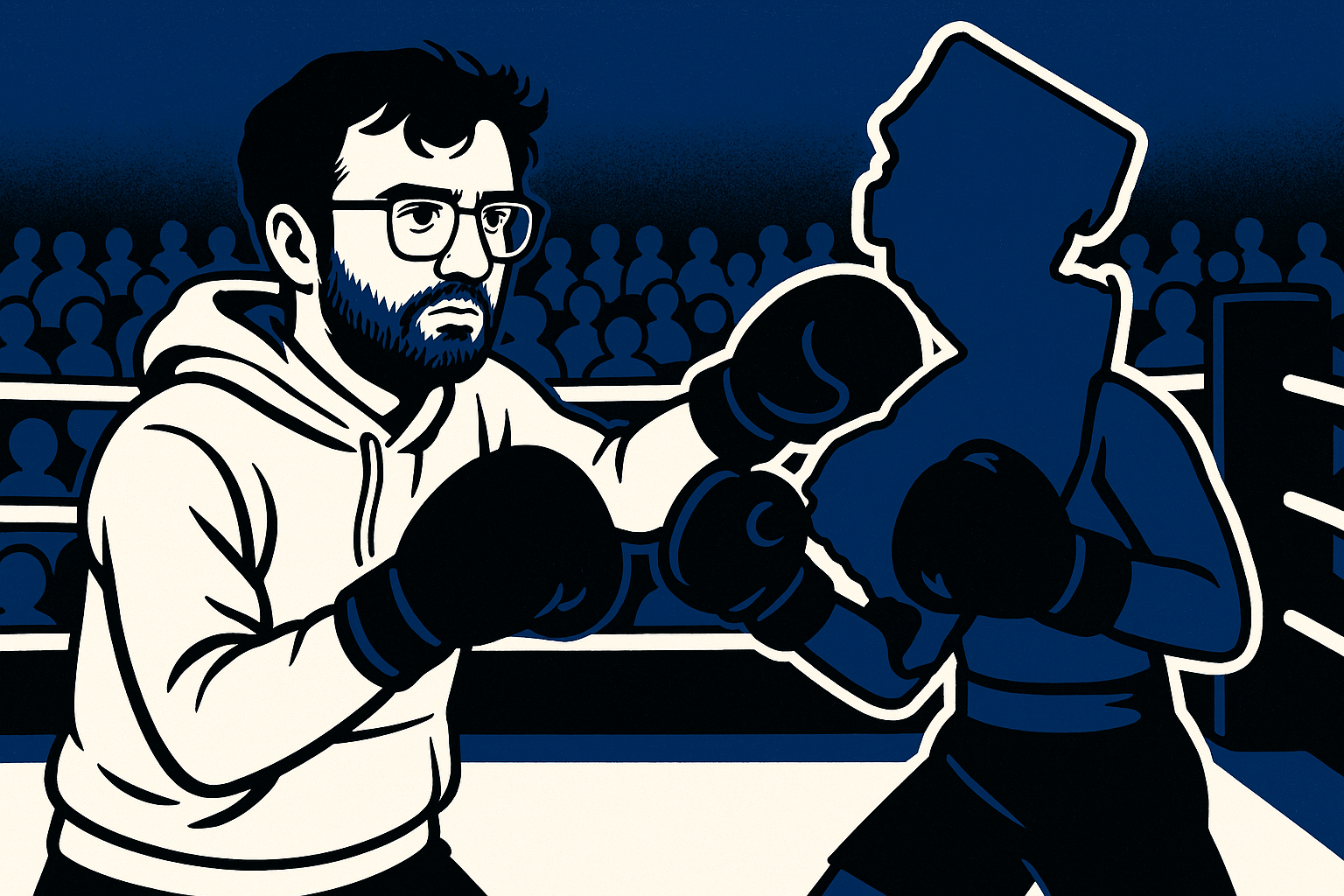I saw an interesting story from The Guardian this week. It was about these things called Lucky Box vending machines that are proliferating across malls and shopping centers in Australia.
The story focused on potential concerns of exposing children and teens to gambling behavior, with these machines existing in locations where thousands of kids frequent daily.
Here’s how the machines work: You pay $20, pick the box you want, and then that box is dispensed and you get whatever prizes are inside. The prizes vary from tiny cheap trinkets all the way to flatscreen TVs, PlayStations, airplane tickets, and more.
It’s pure chance. There’s no skill involved. Like, some may argue, a slot machine.
Thus, the gambling exposure concern.
The Guardian spoke with responsible gambling experts who are wary these Lucky Box vending machines give kids “a taste of gambling.”
“And there are some concerns that it might sort of groom them to take part in gambling later on,” Alex Russell, an associate professor from University of Central Queensland’s experimental gambling research lab, told The Guardian.
Jim Wackett, general manager of Wesley Mission, a pro-gambling restriction organization in Australia, told The Guardian Lucky Boxes “are a gambling machine.”
“In the current form, they should not be in places where people under the age of 18 can access them,” he said. “They should not be in public facilities the way they are at the moment.”
Let’s pull back for a second
And at this point, I’d like to press pause.
You won’t find many writers in this industry more in favor of working to prevent underage gambling and, in turn, underage gambling addiction than me. I’m a massive sports fan who enjoys partaking in sports betting occasionally, and I’ll be first to vote for a restriction on the endless barrage of sportsbook ads airing during sporting events, which we all know are watched by kids of every age.
But I also try to employ reason when considering what is and isn’t too far when it comes to gambling protections.
And I have a hard time being convinced these Lucky Box vending machines are the problem.
Where is the line drawn after Lucky Box machines?
If we’re going to clamp down on Lucky Box machines, we need to do so on comparable activities, too.
The addictive element of chance — where you have no idea what you’ll win with the $20 — is theoretically most problematic with Lucky Boxes. However, that element of chance is present in bingo, too.
If there’s a fundraiser at a kid’s middle school, and that kid asks their parents to pay $20 so they can enter a bingo competition, and there’s some high-value prizes to pick from, is that gambling? Or is that premature gambling exposure?
What about 50/50 raffles at a high school football game — is it gambling if a sophomore spends the $20 they made on chores yesterday on 20 raffle tickets for a chance at the grand prize, which could be higher than $1,000?
Gachapon machines in Japan are essentially really cool vending machines that dispense more high-quality, elaborate toys than the types of quarter vending machines you’ll see in the lobby of a Chuck E Cheese. They can cost anywhere from 200 yen to 2,000 yen per use, and you don’t know if you’ll get the exact toy you want; there’s always a bit of a variety.
And speaking of Chuck E Cheese … how about arcades? Are these not games of pure chance for kids with the tantalizing appeal of prizes fueling them to keep playing? (Don’t you tell me for a second claw games are games of skill.)
I’m not saying there’s a right answer here.
What I am saying is that if we consider Lucky Boxes too close to gambling for children to be exposed in malls, then we’d need to reconsider all the other activities I mentioned too. And I just don’t see that as a legitimate need.
These are ultimately parental decisions (mostly)
Lucky Box machines also involve a critical component that push it further away from gambling:
Parental discretion.
Lucky Boxes are not the same as loot boxes in games like Fortnite or Overwatch, where kids’ parents’ credit cards may already be preloaded onto their gaming consoles and they can rattle off loot box purchases like they were spending their own money.
Unless Timmy got a debit card for his 10th birthday, most (not all, but certainly most) scenarios with these Lucky Boxes probably go like this:
Child sees Lucky Box.
Child then asks parent or guardian to spend $20 on said Lucky Box.
Parent or guardian then chooses to spend or not spend $20.
Most often, a Lucky Box purchase for a child will ultimately be the parent or guardian’s decision. Are we as worried about a Lucky Box’s effect on a kid if a parent or guardian is playing gatekeeper?
Better areas to focus on
I want to reiterate times a million here: I am all for gambling protections for minors.
But if we’re going to spend time and energy on that pursuit, there are more worthwhile areas to spend it on. Russell, the University of Central Queensland associate professor, even called the debate over whether Lucky Boxes constitute gambling “a bit of a murky one.”
I again tend to focus on the overwhelming, incessant presence of gambling ads on TV — especially during sporting events.
Data measurement firm iSpot reported that, during the first three weeks of this NFL season, DraftKings spent 22% more on TV ads compared to last year and FanDuel spent 14% more. As a whole, iSpot reported the sports betting industry spent 13.5% more.
In 2024, a study from the University of Bristol and CBC’s Marketplace found that gambling ads were on the screen in some way during 21% of seven sports broadcasts they analyzed.
Kids are watching. Also in 2024, media research firm KidsKnowBest surveyed kids ages 3-18 in the U.S. and United Kingdom regarding sports viewing habits. The survey found 87% of the kids watched the 2024 Euro Cup at some point, and 67% planned to watch the Summer Olympics.
Lucky Boxes, and similar activities, aren’t flawless and certainly won’t have zero negative impact on kids who engage with them.
But let’s prioritize the TV ads before the mall vending machines.





